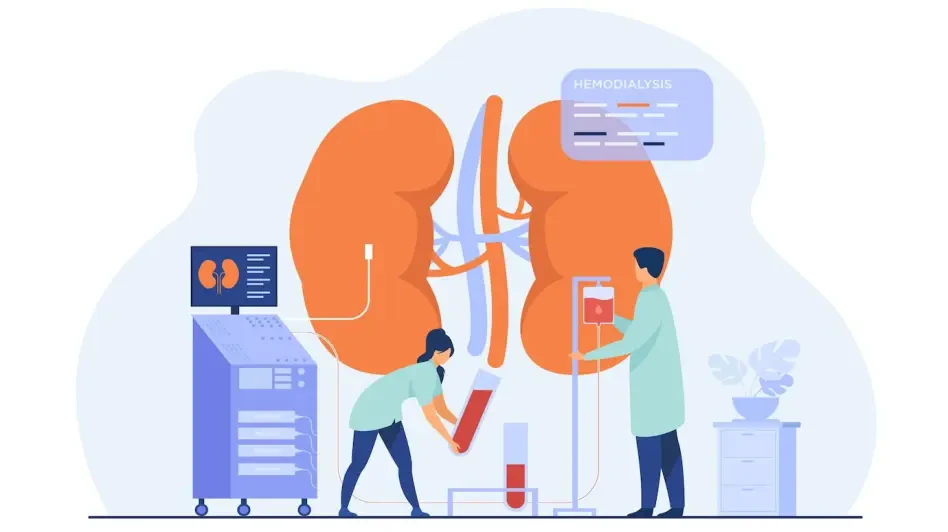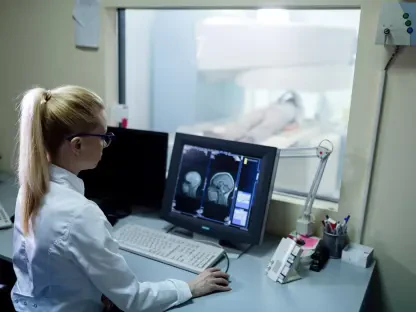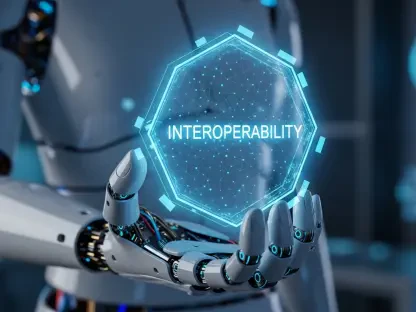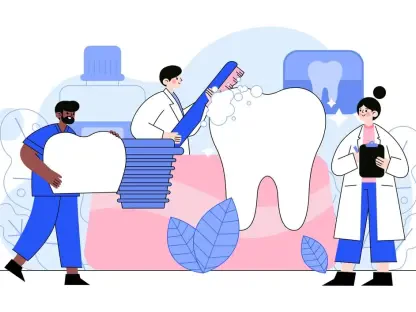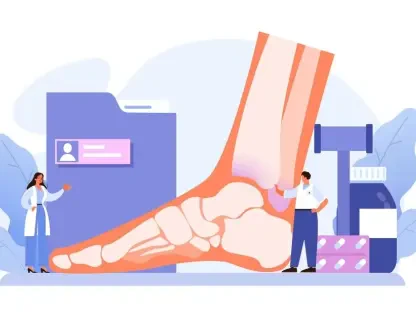What if a life-saving procedure in a cutting-edge hospital relied on a tool older than most classic cars? This is the startling reality for millions of patients whose kidney health is monitored using technology from the 1930s, despite dazzling advancements in medical care. The humble Foley catheter—a device patented nearly nine decades ago—remains a standard for tracking kidney function. This outdated method raises serious concerns about patient safety and the efficiency of healthcare systems in 2025.
A Shocking Gap in Modern Healthcare
Hospitals today are often showcases of innovation, with robotic surgeries and AI-driven diagnostics transforming patient care. Yet, when it comes to monitoring kidneys—a vital organ responsible for filtering waste and maintaining bodily balance—many facilities cling to antiquated tools. The Foley catheter, a gravity-based urine drainage system, stands as a relic in an era of digital precision, leaving both patients and medical staff grappling with its limitations.
This discrepancy isn’t just a curiosity; it’s a critical flaw. While heart monitors and brain scans have leaped into the future with real-time data and automation, kidney monitoring lags far behind. The persistence of such old technology in a field that prides itself on progress prompts a pressing question: why hasn’t healthcare caught up in this essential area?
The Vital Importance of Kidney Health Oversight
Kidneys play a fundamental role in sustaining life, yet their monitoring often gets overshadowed by more high-profile medical advancements. Acute kidney injury (AKI) impacts 42% of intensive care unit patients, contributing to a staggering 300,000 deaths annually in the United States alone. The financial toll is equally alarming, with treatment costs for a single AKI case reaching up to $69,000, straining hospital budgets and resources.
Beyond the numbers, the human cost is profound. Delayed detection of kidney issues can lead to irreversible damage, prolonged hospital stays, and even death. With healthcare systems already under pressure from staffing shortages, the outdated methods used to track kidney function compound the challenges faced by medical professionals every day.
Decoding the Stubborn Reliance on Old Tech
At the heart of kidney monitoring lies the Foley catheter, used by 15-25% of hospitalized patients and affecting over 30 million Americans each year. This device, fundamentally unchanged since its inception in 1936, depends on manual measurements and gravity to drain urine, often resulting in inaccurate data. Twisted tubes, blockages, and contamination risks further complicate its use, heightening the chance of infections and delayed diagnoses.
The flaws don’t stop at technical issues. Hospital-acquired infections tied to catheter use can take up to seven days to detect, a delay that can prove fatal for vulnerable patients. Despite these dangers, many hospitals resist change due to tight budgets and a preference for familiar, low-cost tools, even as long-term expenses from complications continue to rise.
Institutional inertia plays a significant role as well. Adopting new technology requires training, funding, and a shift in mindset—barriers that often deter healthcare facilities from moving away from the status quo. This resistance leaves patients at risk and nurses overwhelmed by preventable workload burdens.
Insights from the Hospital Floor and New Horizons
A turning point in addressing this issue came from a candid exchange with a hospital nurse manager, whose exasperation over manual urine checks illuminated the urgent need for change. Nurses, often handling up to 125 tasks per hour, find their time consumed by outdated processes that could be automated. This frustration has fueled a push for innovation, as shared by a leader in hospital system advancements.
Emerging solutions are already making waves. Automated catheter-and-sensor systems, now implemented in over 110,000 units across the U.S., offer real-time urine output monitoring, slashing error rates and enhancing early detection of kidney problems. One nurse’s handwritten note on a new device in a critical care unit, insisting it not be removed, speaks volumes about the transformative potential of these tools.
Studies reinforce this shift, showing that modern systems not only improve patient outcomes but also alleviate staff strain. As these technologies gain traction, they signal a growing recognition that kidney monitoring must evolve to match the pace of other medical fields, offering hope for a safer, more efficient future.
Barriers to Widespread Adoption
Despite promising advancements, the road to modernizing kidney monitoring is fraught with challenges. High upfront costs for new systems deter many hospitals, especially smaller facilities with limited budgets. The hesitation to invest in unproven technology often overshadows the potential for reduced long-term expenses from fewer complications and shorter patient stays.
Training staff to use new devices presents another hurdle. With nurses already stretched thin, allocating time for learning curves can seem daunting. Resistance to change among veteran clinicians, accustomed to traditional methods, further slows progress, creating a cultural gap that must be bridged through education and proven results.
Moreover, regulatory approvals and integration with existing hospital systems add layers of complexity. Ensuring that new tools align seamlessly with electronic health records and other workflows is essential but time-consuming. Overcoming these obstacles demands a concerted effort from healthcare leaders, innovators, and policymakers to prioritize kidney care.
Steps Toward a Modernized Future
Looking back, the journey to address outdated kidney monitoring reflected a critical awakening in healthcare. Hospitals that embraced early innovations saw tangible benefits, from reduced AKI rates to lighter workloads for nurses. These successes underscored the power of technology to transform even the most overlooked corners of medicine.
Reflecting on those efforts, a clear path emerged for sustained progress. Healthcare leaders needed to champion budget reallocations toward automated monitoring systems, while clinicians advocated for tools that fit seamlessly into daily routines. Demonstrating data-driven outcomes, such as shorter hospital stays, proved vital in convincing stakeholders to invest.
Ultimately, the push to bring kidney care into the present rested on collaboration. Innovators had to refine solutions for affordability and ease, while hospitals committed to testing and scaling them. Only through such unified strides could the gap between past and present in medical technology be closed, ensuring safer care for millions.
